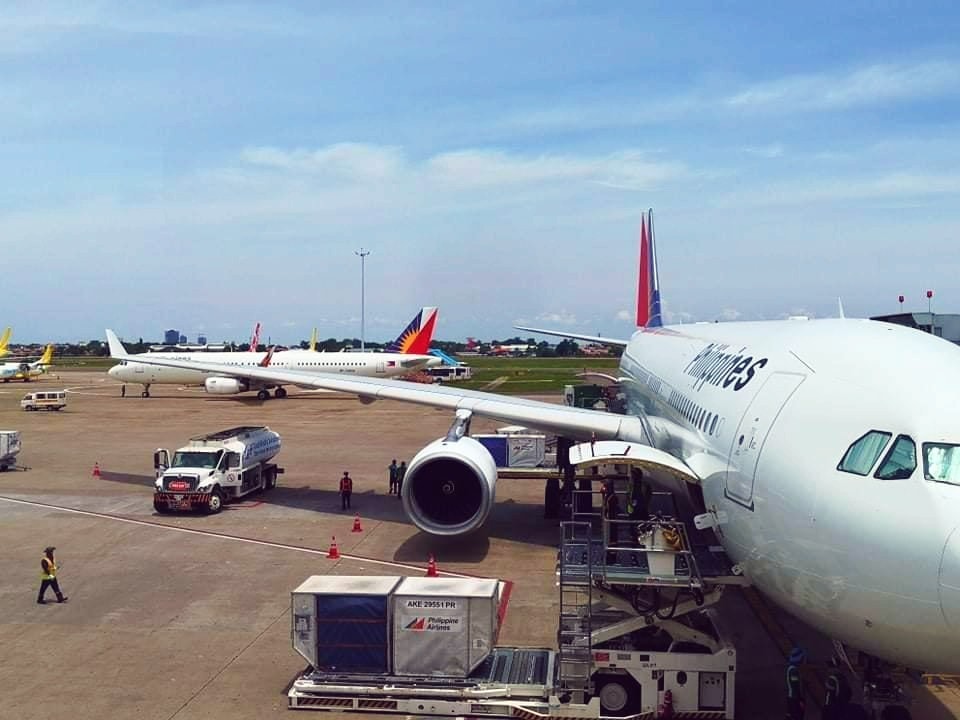After decades of development, Mitsubishi ended work on the SpaceJet – Japan’s first homegrown airliner project in decades.
During a presentation of its 3Q FY2022 Financial Results, Mitsubishi Heavy Industries (MHI) announced the official discontinuation of the regional jet produced by its subsidiary Mitsubishi Aircraft Corporation.
According to Mitsubishi, several factors led to the decision to discontinue the development of the SpaceJet. First, the company noted the lack of technology stating partial revisions were needed due to the prolonged development process while seeking solutions for decarbonization.
Mitsubishi also questioned the product-market fit for the SpaceJet as it encountered difficulty to understand and gain the necessary cooperation from global partners. The project also made little progress on the relaxation of scope clause – conditions related to aircraft number and size in airline-labor union agreements – which resulted in not meeting the needs of the North American regional jet market. Recent pilot shortages added more questions of the viability of the SpaceJet.
While the SpaceJet program was able to make progress in testing and certification, Mitsubishi noted further funding was required to continue the Type Certification process.
Japan’s First Commercial Aircraft Development in Decades
First introduced in the early/mid 2000s, the SpaceJet program was Japan’s first attempt to develop a locally produced airliner since the NAMC YS-11 during the 1960/1970s.
Launched as the Mitsubishi Regional Jet (MRJ), the SpaceJet was a twin-engine regional jet. With a capacity of up to 100 passengers and range of around 3500km (~2100 miles), the SpaceJet has been compared to aircraft such as the Embraer E-Jets.
Since its launch, Mitsubishi has received up to 200 orders for the aircraft including from Japan’s All Nippon Airways (ANA) and Japan Airlines (JAL). US-based customers include regional carriers SkyWest and Mesa Airlines.
While launched with high hopes, the project was mired in delays. Despite getting into the flight testing phase, Mitsubishi cut the budget and suspended development of the SpaceJet in late 2020 amid the COVID-19 pandemic.
Tough Lessons and Accomplishments
Despite the end of the SpaceJet program, Mitsubishi highlighted the experiences gained and its achievements during the development of the aircraft. It also pledged it would use its knowledge and experience to contribute and benefit Japan’s aviation industry.
While facing its challenges, Mitsubishi gained 200 orders for the SpaceJet and completed 3900 hours of flight testing without any safety issues. However, the company highlighted key lessons such as having an insufficient initial understanding of the “highly complex process” of type certification for commercial aircraft, and the lack of resources to continue long-term development.
Mitsubishi will continue its work in aviation related activities including its works with Boeing and Bombardier, along with the ongoing development of Japan’s F-X next generation fighter jet.

























Leave a comment